The Apple iPhone 6s and iPhone 6s Plus Review
by Ryan Smith & Joshua Ho on November 2, 2015 8:00 AM EST- Posted in
- Smartphones
- Apple
- Mobile
- SoCs
- iPhone 6s
- iPhone 6s Plus
Software: 3D Touch, TouchID, Always-On "Hey Siri", and iOS 9
In a lot of ways, evaluating iOS 9 from a broad platform-level standpoint is a bit pointless for a device-specific review, so for a high-level evaluation I would refer to our iOS 9 review. However, in order differentiate their devices every year it seems that Apple has a few special features within the OS added for their latest phone. Of course, this is at least partially hardware-related but given that these features are often enabling new user interfaces in iOS it seems more appropriate to look at these as software additions that are enabled by hardware rather than the other way around.
The first major change in the iPhone 6s is the addition of 3D Touch. This is basically just the addition of pressure sensitivity in addition to the capacitive touch display. This sounds pretty simple, but it really isn’t. For the most part, force sensors are normally relatively large. As a result, something like a trackpad usually only supports pressure sensitivity over the entire surface of the pad rather than at a specific point on the trackpad. Force Touch on the Macbook line and Apple Watch both operate in this way. Instead, the iPhone 6s manages to measure pressure on specific points of the display, which Apple claims is done by measuring capacitance changes between the cover glass and the backlight. There’s also some sensor fusion going on here by using the accelerometer and gyroscope to determine if there is an intentional press.
I don’t claim to know exactly how Apple has implemented this system, but the result is truly impressive. I’ve spent enough time with the phone to say that the pressure sensitivity of the system is incredibly precise, as is where it places the measured pressure. In a lot of ways, it almost feels like magic.
Of course, while it’s cool that this phone has pressure sensitivity, it’s necessary to have some true applications of this pressure sensitive display. To that end, Apple has added two features called peek and pop. Peek allows you to preview some content by pressing slightly on the content instead of tapping. You can peek at message threads without entering them, emails without opening them, and apps without launching them.
At a practical level, this is actually a great feature. I never really thought too hard about it, but it’s often annoying for me to open an email and then realize that I need to keep it marked unread so that I don’t forget to look at it again. It’s also often annoying to open a single image link in a messaging application only to immediately close the browser once I’ve opened it for about half a second. I can clearly see how this is superior to a long-press as there’s no need to press and wait for the system to respond. Combined with the Taptic Engine, which uses a z-axis linear resonant actuator which helps to increase the responsiveness of the haptic feedback. Due to this haptic feedback, it’s immediately obvious when you’ve reached a certain level of pressure for either a peek or pop. I can also immediately see applications in gaming with something as simple as pressure-sensitive throttle in racing games. The haptic feedback of the iPhone 6 by comparison was pretty much your standard vibration, with some noticeable vibration but nothing that really jumped out. The iPhone 6s feels much more defined, which is nice to have on a phone, especially with 3D Touch.
This seems like a relatively small change in the grand scheme of things, but I suspect as time goes on the applications will become much more central than they are now which are already appearing in cases like the keyboard's trackpad feature. Right away there are some obvious user experience improvements but I don’t know if I’d go as far as saying that it’s a revolution still, but I think this is going to be a critical part of the smartphone experience going forward at least for high-end smartphones.
The other major noticeable change is the second generation TouchID sensor. I’ve been noticing lately that the iPhone 6 was relatively slow on the fingerprint sensor when compared to things like the Galaxy Note 5. The iPhone 6s improves on this, and it’s to the extent where it’s basically immediately unlocking as soon as you click on the home button to wake the phone. This is fast enough that if you wanted to check the lockscreen for notifications it’s necessary to use the power button instead of the home button. The user experience is seriously improved here and over the half second or so saved over every unlock over a few years is going to be significant.
The other notable update here to the feature set of the iPhone 6s is the addition of always-on “Hey Siri”. Setting this up is pretty simple as all that needs to be done is that you have to say some key phrases a few times. Once this is done it works as well as it should. It always seems to work when I say the phrase, and in general other people trying to use the phrase to get it to activate as a prank or something similar are unable to make it work. It’s likely that we’re looking at a low power DSP like the TI C55x used in the Moto X, and Apple claims that this is enabled by the on-die M9 chipset in the A9 SoC. For those that are really use Siri all the time, this is definitely going to be a useful feature.
Outside of these highlights, iOS is noticeably faster on the iPhone 6s. I’m not sure what caused this, but the move from iOS 8 to iOS 9 caused the iPhone 6 to have noticeably more dropped frames in areas like the multitasking menu. I’m not sure why this is the case but at any rate the iPhone 6s is noticeably smoother when using iOS 9 than the iPhone 6. I suspect that the addition of even more Gaussian blur effects in iOS 9 is really what’s causing much of the frame drops occurring in the OS. The addition of new data sources to Spotlight causes noticeable lag to the iPhone 6 but the same isn’t as obvious as it is on the iPhone 6s. One might notice that there's no discussion of RAM here because I didn't notice any problems with memory running out in the course of my use.
Overall, I think the iPhone 6s’ user experience is a major step up from previous iPhones. The iPhone 6 was a bigger phone but in a lot of ways it felt very similar to the iPhone 5s. The iPhone 6s’ user experience by comparison feels like a pretty significant change just because of the addition of 3D Touch and the new TouchID sensor. The A9 SoC, combined with an enormously fast storage solution is also felt very strongly as everything in the phone is visibly faster than the iPhone 6.



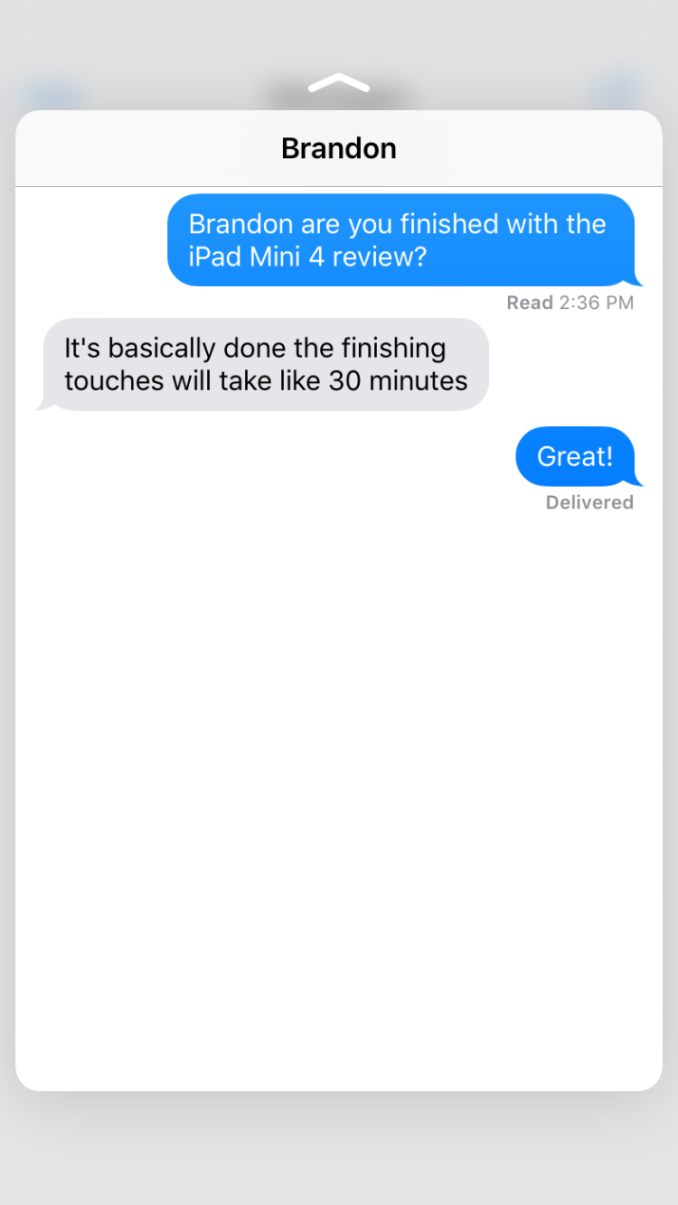
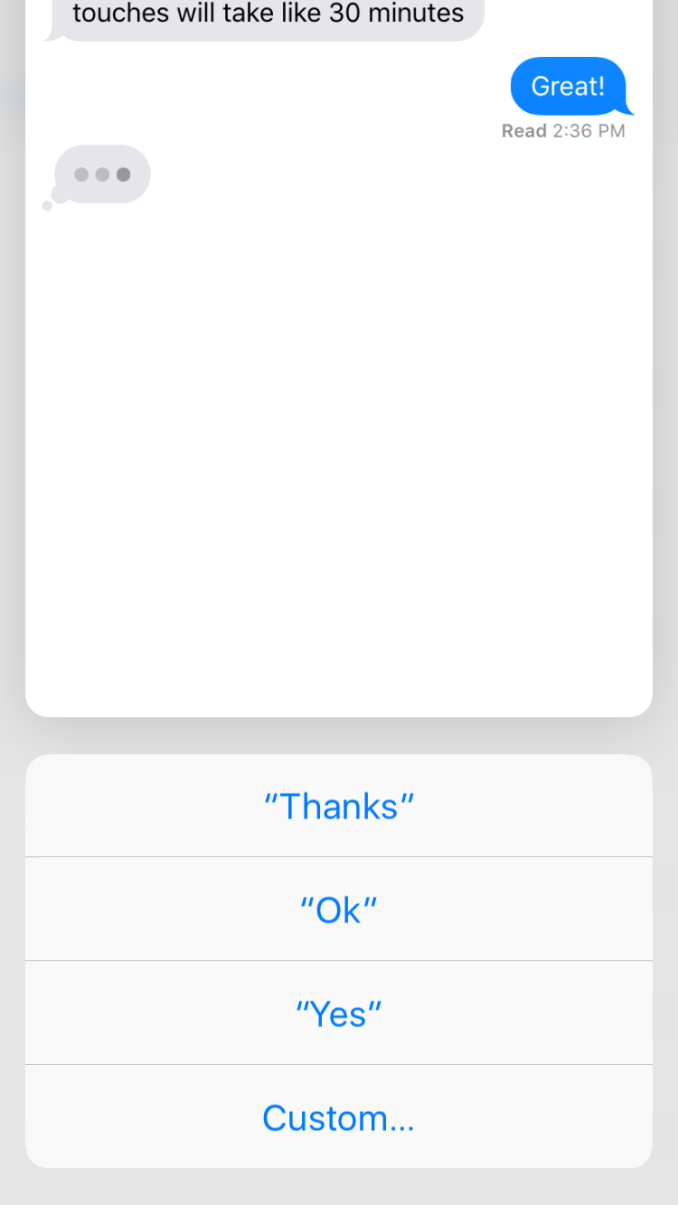
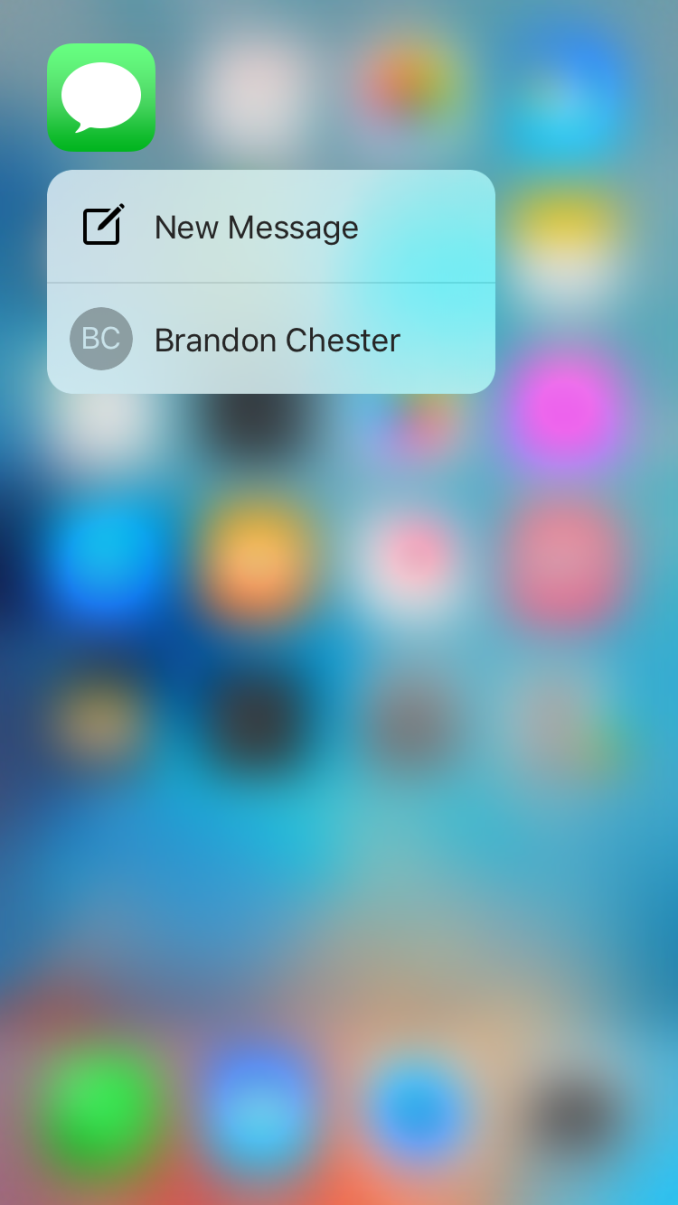
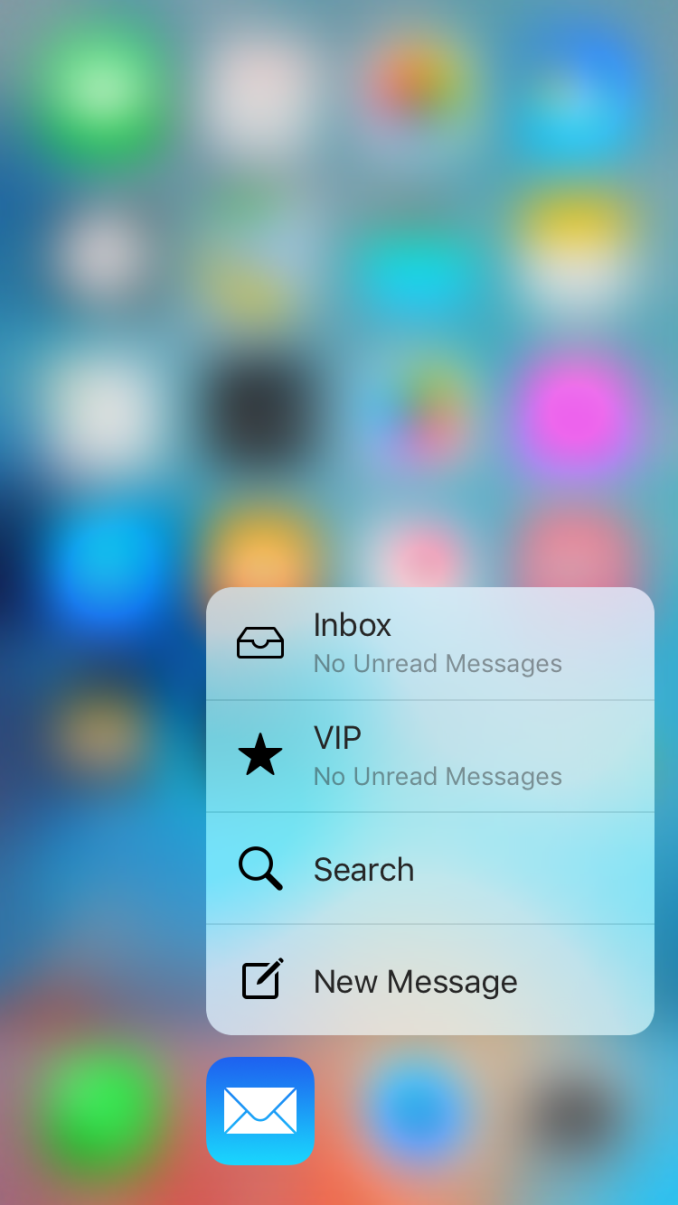

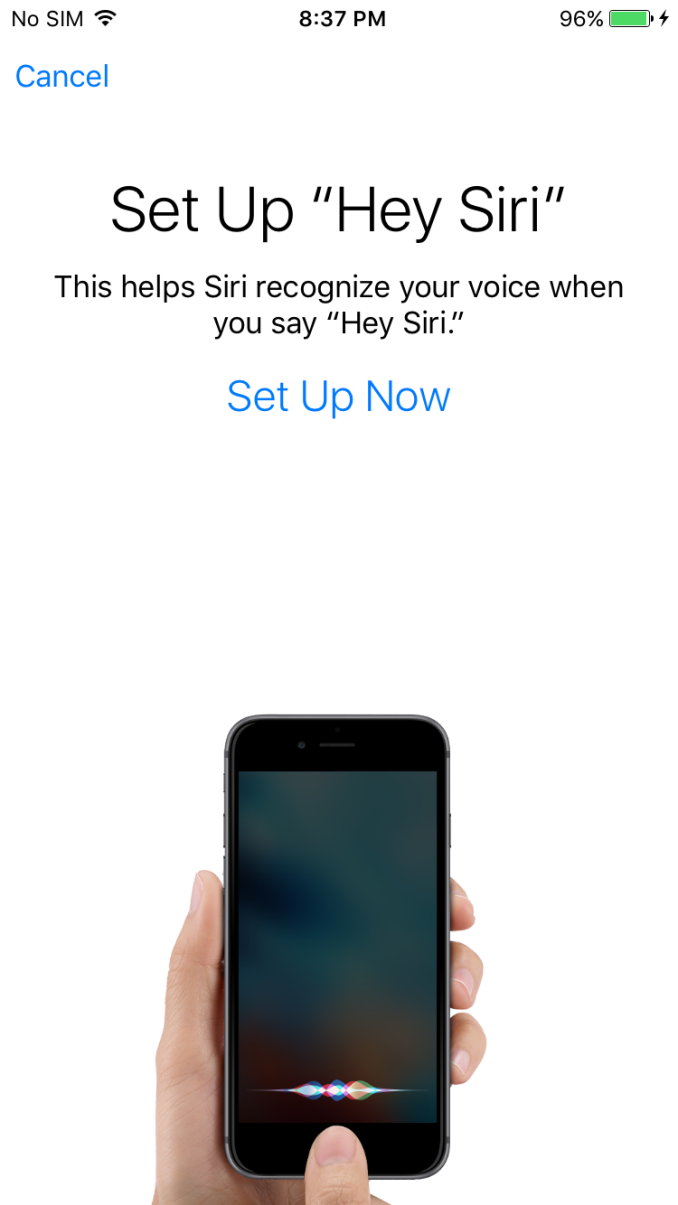
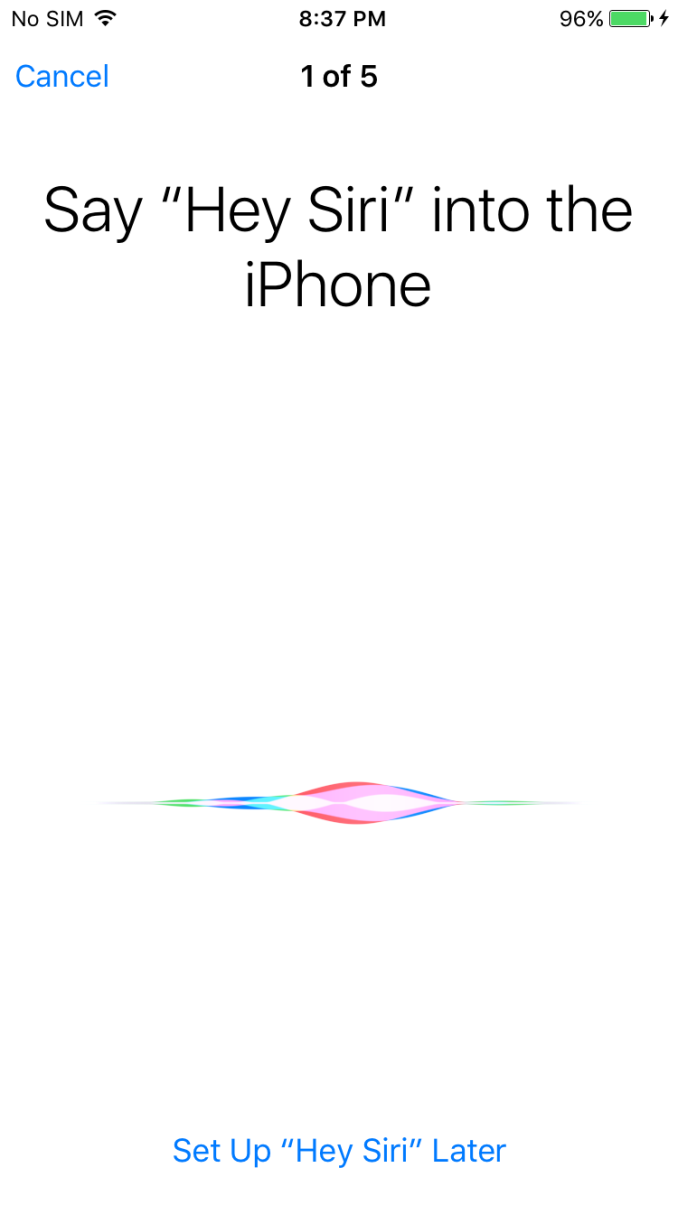
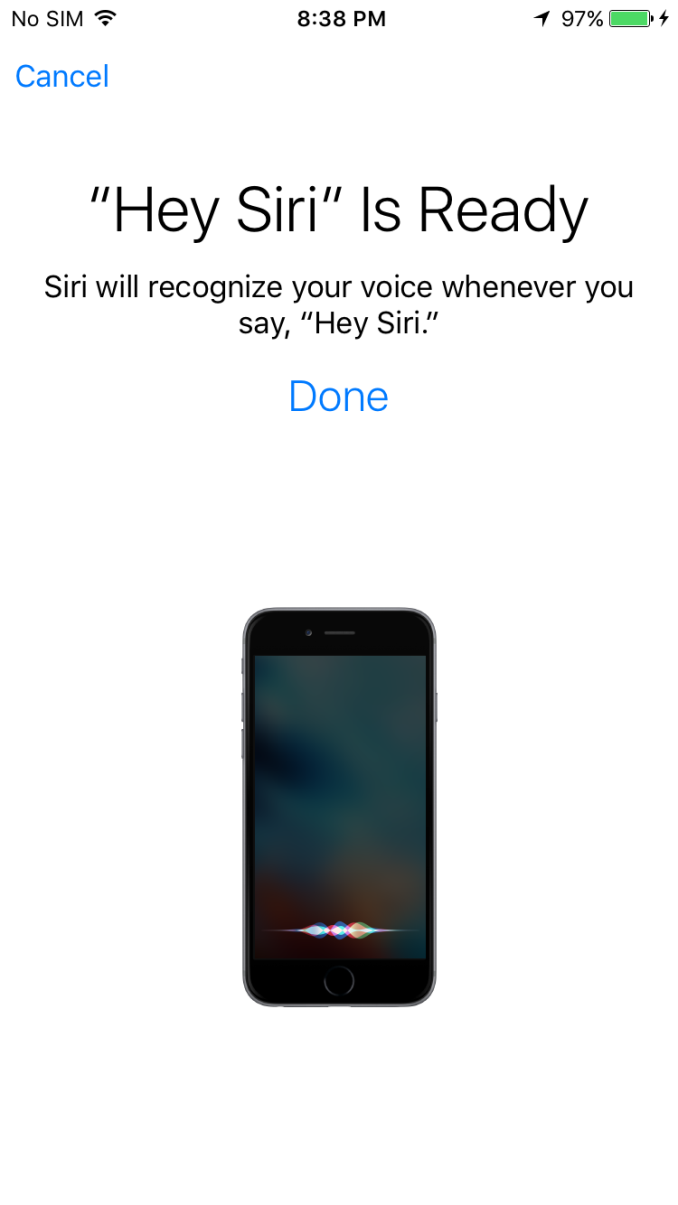
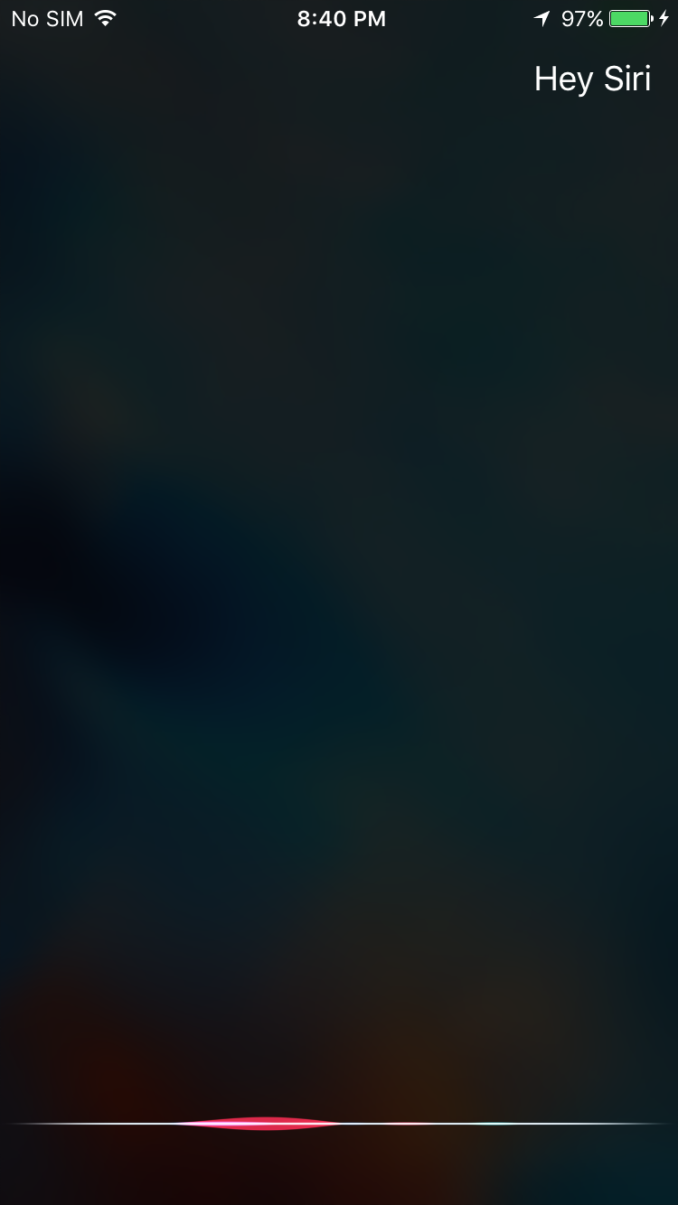








531 Comments
View All Comments
akdj - Tuesday, November 3, 2015 - link
Hi Josh and Ryan,Many, MANY thanks for the insight and in depth review. I've just finished my second read (it was late last night I noticed the review and read through) and your experiences mimic mine. With a single exception. I'm a business owner, have been over 26 years now and use phones for the business and personal. I also outfit employees so I have a chance to stay 'ambidextrous', keeping a foot in Android, rest of the body in iOS ... But some things I do enjoy on both my older Note 4, & newer S6. No intrigue with the Note 5 other than its SoC, speed of internal storage and design over my older N4. As an S6 Edge owner I'm well aware of the speeds uninstalling, installing apps, opening them, the 'feel" of the newer 2015 Sammy phones as well as the exceptional speed of the Exynos processor. That said, you made a remark I don't quite agree with
"The second generation of TouchID isn’t quite as life-changing, but it’s a welcome improvement nonetheless. Again, this is a case where there was friction in the user experience that wasn’t really noticeable until it was gone. Obviously, Apple is no longer the only one at this level of user experience with fingerprint scanners but they are keeping up."
I'm not sure which phone you've found that parities the iPhone 6s/6+s for FP register. As it's certainly not the S6/S6+/Note 5 or LG (I've got one of their freebie 8" LG tabs from AT&T runnin LP). I'm hoping anyway lol. My silly S6 is just finally starting to correctly register 50% of the time with the 5.1 update. The previous six months I was lucky to have my thumb recognized 1 of 5 times. And it's registered as FOUR different 'fingers'.
I'm also an owner of the 6+s and even checking the time or setting an Altman, turning the flashlight on, etc...it's so damn quick, I'm automatically on the home screen. It's ...pardon the pun, lightning fast and immediate. I guess I'm curious as to which OEM Apple is keeping up with as I had the 5s and 6+ standard as well. The Note 4 is a useless implementation and the S6, while better is a LONG way off from 'keeping up with...' Apple again IMHO. Genuinely curious as to the OEM making better or even similar performing and 'protective' measures than Apple.
Other than that silly nitpick, I agree completely and haven't enjoyed an iPhone as much since the iPhone 4 and its HiDPI display. If I recall, another 'first', wasn't it? (Like the 5s FP reader, actually able to 'read an FP ;)). Maybe it's my aging mid 40s eyes but the higher resolutions and larger displays have literally kept pace with my deteriorating vision!
Once again, many thanks for the perfectly balanced nerd/everyday 'Joe n Jane' subjective review of 'real world use'. Always refreshing to hear... I mean read your reviews, un-rushed to keep up with the herds the day after release or a week post NDA, minus the carrying around and using ...or simple resolution, 100% 'chart n number' reviews.
Loved it. And I'm loving the iPhone 6s+. It's truly a computer in my pocket. I know you briefly touched on the expanded radios both WiFi and LTE, another maybe at first unnoticeable unless ...again as you mention an iCloud restoration of significant size, but a HUGE end user boon. These are incredibly fast, seemingly more 'stable' in 5MHz mode. (Maybe a bad word, stable but hard to put my finger on it, as older modems on the iPhone with AC/5MHz or is it GHz? Now I'm lost. This one seems faster, more efficient and stable than earlier versions )
My wife has an identical iPhone 6+s. 128. Hers is Sammy mine TSMC. Neither has shown any significance in battery draw than the other. Mine measures 2238/4437 in GBench, hers 2242/4405 after six runs ...that's the mean. Power and efficiency are nearly identical after a weekend at our cabin we both had single digit %'s and used them nearly the same the entire weekend.
Very VERY great phone
J
MarcSP - Wednesday, November 4, 2015 - link
Thanks for your explanation :-). Still, I think there must be something else. I mean, most Samsung phones also use amoled and did not get such a low score in browsing, and the Snapdragon 800 is not a very slow SoC. Even today there are many low and even middle-end phones sold with weaker SoC.zodiacfml - Wednesday, November 4, 2015 - link
i dont like apple but their engineering and design is very impressive. i wonder how the new cpu compares to a Core M.tharun118 - Wednesday, November 4, 2015 - link
The best phone? Seriously? I've seen a lot of people saying iPhone as THE BEST phone, but AnandTech? Come on.. I believe that there can never be a "THE BEST phone". Yes, iPhone 6+ has a very good SoC, reliable camera, 3D Touch, etc, but like every flagship phone, there are compromises and drawbacks. For me, I choose a smartphone based on 4 major aspects. First, the screen. I know Apple lovers always defend their 320+ PPI screen saying that's more than enough and they don't need anything more. But the truth is, they are far behind Samsung and that will likely change in 7 or 7s. Second, the camera, this is purely subjective, there are people who'd prefer photos from an iPhone and there are people who'd prefer photos from 2015 android flagships (S6, Note 5, G4, 6P, etc). Third, battery and performance: Apple is better here on a tiny margin due their vertical integration. I think Android phones will never reach the exact smoothness in performance and efficiency in power consumption of the latest iPhone, due to fragmentation. Fourth, customisation: No comments here, but I understand there are lots of people who'd happily use their phone the way their manufacture tells them to. I'm definitely not one among them. I try to balance all these 4 aspects and my choice this year was a Galaxy S6. Of course, there are bonus features such as, wireless charging, quick charge (very useful), IR port, etc. But still, I wouldn't call S6 as THE BEST. Neither is an iPhone 6+.Vincog - Wednesday, November 4, 2015 - link
I got iphone 6S with samsung chip here, and my battery will decrease 1% every 5 minute in use or 1% every 15 minute standby... ( take a note all background refresh off, location off, only hey siri on ) ..Even my iphone 5s is more better than this one!! 😭😭😭😭Tigran - Wednesday, November 4, 2015 - link
***Looking at GFXBench, which is an infinite loop of the T-Rex on-screen benchmark to approximate intensive video gaming we see that the iPhone 6s doesn’t last very long either, but the performance throughout the test is incredible. Due to 1334x750 display resolution and strong GPU, the iPhone 6s manages to last the entire test without any notable throttling, and effectively pegged at the refresh rate of the display.
***
Why V-Sync (which limits T-Rex on-screen by 60 fps) is ignored? And what about this throttling evidence (by 20-22% in GFXBench off-screen):
http://forums.anandtech.com/showpost.php?p=3772777...
blackcrayon - Wednesday, November 4, 2015 - link
They mentioned that the 6s+ throttled slightly due to the higher resolution, so it stands to reason that the 6 would also throttle when rendering a higher resolution offscreen. But it's nowhere near the throttling of any of the competitors, games are still remaining playable throughout a reasonable gaming session.Tigran - Wednesday, November 4, 2015 - link
You don't get it. It's not about resolution - it's about T-Rex on-screen which limits performance to 60 fps. Without this limit iPhone 6s performance would be much higher, so it is incorrect to mention T-Rex on-screen discussing iPhone 6s throttling. If there is throttling, it can decrease from 100 to 70 fps, but you will see only 60 fps during the whole test - because of V-Sync. And there is evidence off throttling in Manhattan (which doesn't reach 60 fps limit) actually - see my link above (20-22% throttling). I can add that popular Russian laboratory (overclockers.ru) tested throttling of iPhone 6s via Basemark Metal, and they found enormous throttling there - from 911 down to 525 (74%).zhiliangh - Wednesday, November 4, 2015 - link
Thank you! I have been waiting for your review before upgrading any phone this year. This is a must-read iphone review.Spunjji - Wednesday, November 4, 2015 - link
I have a bit of a gripe regarding the conclusions in the camera section. The LG G4 is clearly providing better images at night than the iPhone 6s and 6s Plus - granted there is "less motion blur" in the Apple images, but they're also quite clearly underexposed by at least a stop. It therefore seems odd to conclude that a product which produces grainier, less-detailed and murkier images than the competition is better. You could produce similarly non-blurry results on the G4 by adjusting exposure compensation and then have the best of both worlds!